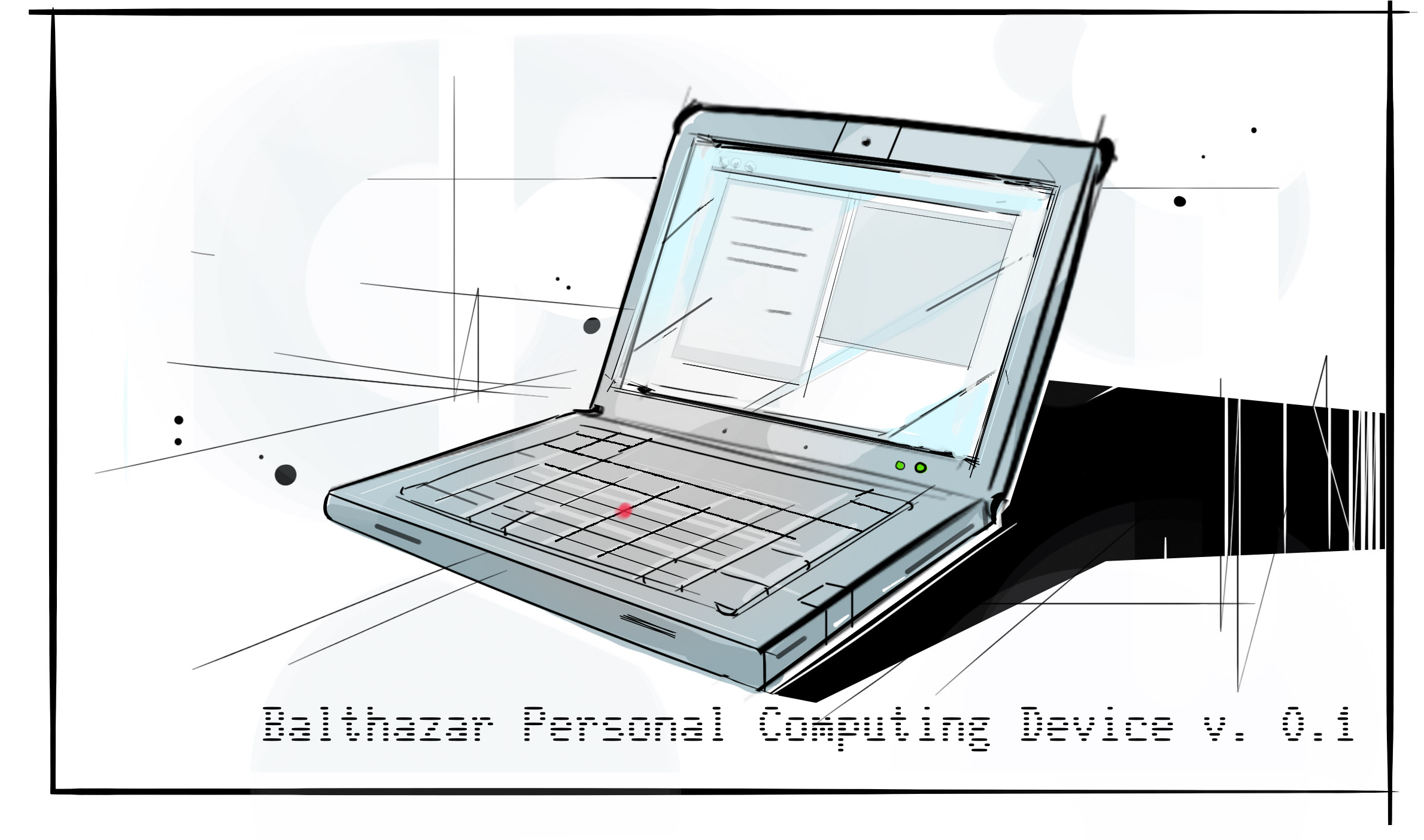Difference between revisions of "Balthazar"
| Line 17: | Line 17: | ||
=== Goals === | === Goals === | ||
| − | # To enable end user to be careful and aware with their own personal data or a company data. In | + | # To enable and educate end user to be careful and aware with their own personal data, school or a company data. In today’s internet age we need to know how to handle and use encryption for our data protection, privacy and overall security.<br> |
| − | # To run fully open source software stack, | + | Also additional physical safety features such as hardwired switches and a quickly removable peripherals are a necessity. |
| − | # To design inexpensive and innovative | + | # To run fully open source software stack, a derivative of Debian GNU/Linux free of a propriatary hardware drivers and other closed source software. This makes a large software library instantly available and provides regular security updates. It can also be used as a base for “custom OS” or even UI environment, but that should not be not be really mandatory. |
| − | # To lead by example for other | + | # To design open, secure, inexpensive and innovative hardware while combining it with the usage of already existing GNU/FOSS tools and applications right off-the shelf. |
| − | # To support low income communities all over the planet | + | # To lead by example for other hardware manufacturers to become fully open towards GNU/FOSS including opening drivers' documentation. |
| − | # To make computing more sustainable and reach eco friendly footprint | + | # To support and enable low income communities and individuals all over the planet to engage in proctecting their privacy, freedoms and rights on internet. |
| − | # To make granulated product that can be configured and upgraded at an affordable price. | + | # To make computing more sustainable and reach eco friendly footprint. |
| − | # To | + | # To make modular and granulated product that can be configured and upgraded at an affordable price. |
| + | # To create an eco system that can promote RISC-V and ISA based computing. | ||
| + | # To position it as an educational product, as well as an advanced computing device where its users will feel safe and sound using it. | ||
<center><strong><big>'''For all children age 9-99.'''</big></strong></center> | <center><strong><big>'''For all children age 9-99.'''</big></strong></center> | ||
Revision as of 02:14, 17 September 2019
a Personal Computing Device
One laptop for the new internet.
Secure, fast, inexpensive, open, robust, upgradeable and sustainable. All of that.
BPCD - Balthazar Personal Computing Device is a 13.3" upgradable and expandable laptop that is based on a few concepts inspired by EOMA68, but powered by RISC-V processor(s) open architecture that runs on Linux OS.
It contains all the hardware and continuously developing software and firmware features preventing data-theft and any unwanted 3rd party intrusion into the system by the default. Its default low-level security layer software based on Libreswan is also envisaged to be GNUnet ready.
While being versatile and robust it also strictly follows GNU-GPL, FOSS, EOMA, ISA and even CC guidelines.
What is all that FOSS and CC and OS..? → Glossary
Goals
- To enable and educate end user to be careful and aware with their own personal data, school or a company data. In today’s internet age we need to know how to handle and use encryption for our data protection, privacy and overall security.
Also additional physical safety features such as hardwired switches and a quickly removable peripherals are a necessity.
- To run fully open source software stack, a derivative of Debian GNU/Linux free of a propriatary hardware drivers and other closed source software. This makes a large software library instantly available and provides regular security updates. It can also be used as a base for “custom OS” or even UI environment, but that should not be not be really mandatory.
- To design open, secure, inexpensive and innovative hardware while combining it with the usage of already existing GNU/FOSS tools and applications right off-the shelf.
- To lead by example for other hardware manufacturers to become fully open towards GNU/FOSS including opening drivers' documentation.
- To support and enable low income communities and individuals all over the planet to engage in proctecting their privacy, freedoms and rights on internet.
- To make computing more sustainable and reach eco friendly footprint.
- To make modular and granulated product that can be configured and upgraded at an affordable price.
- To create an eco system that can promote RISC-V and ISA based computing.
- To position it as an educational product, as well as an advanced computing device where its users will feel safe and sound using it.
Want to know more?
Please read the FAQ and the specifications and features.
